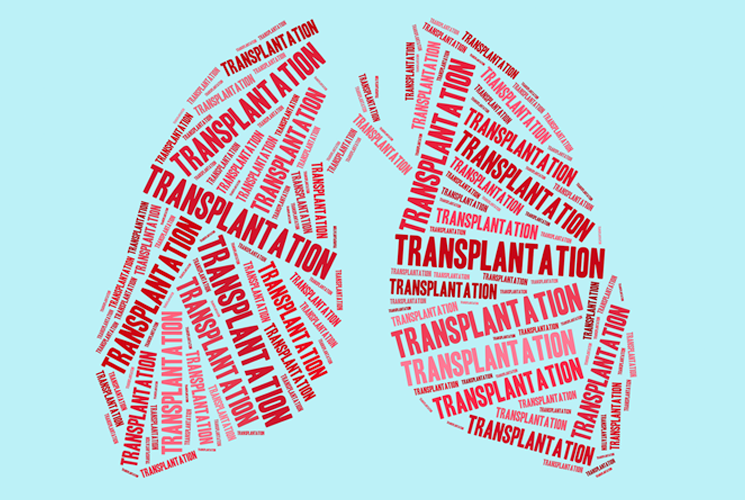
Lung Transplant
Introduction:
A lung transplant is a surgical procedure in which a diseased lung or lungs are replaced with healthy lungs from a deceased donor. Lung transplantation is considered for individuals with severe lung diseases that significantly affect their quality of life and daily activities.
Types of Lung Transplants:
There are two main types of lung transplants:
Single Lung Transplant: One diseased lung is replaced with a healthy donor lung.
Double Lung Transplant: Both diseased lungs are replaced with healthy donor lungs.
Conditions requiring for Lung Transplant:
Lung transplantation may be considered for individuals with conditions such as:
- Chronic obstructive pulmonary disease (COPD)
- Idiopathic pulmonary fibrosis (IPF)
- Cystic fibrosis
- Pulmonary hypertension
- Bronchiectasis
- Alpha-1 antitrypsin deficiency
- Sarcoidosis
Evaluation and preparation:
The process of getting a Lung Transplant involves several steps:
- Medical Evaluation: Extensive medical tests are conducted to assess your overall health and the severity of your lung disease.
- Psychosocial Evaluation: Your emotional and psychological readiness for a transplant will be evaluated.
- Matching: Based on your blood type, size, and medical urgency, you are placed on a waiting list for suitable donor lungs.
- Preparation: While waiting for a donor, you'll be closely monitored and prepared for the surgery.
Surgery and recovery:
Once suitable donor lungs become available:
- You'll undergo surgery, which can take several hours.
- After surgery, you'll be closely monitored in the intensive care unit (ICU) before transitioning to a regular hospital room.
- Recovery time varies, but most patients spend a few weeks in the hospital and continue recovery at home.
Lifestyle changes:
After a Lung Transplant, you’ll need to make several lifestyle adjustments:
- Medications: Lifelong use of immunosuppressant medications to prevent organ rejection is required.
- Exercise: Engage in a pulmonary rehabilitation program to improve lung function and overall fitness.
- Diet: Follow a balanced diet to support healing and maintain a healthy weight.
- Hygiene: Practice good hygiene to reduce the risk of infections.
Follow-up care:
Long-term follow-up care is essential:
- Regular medical appointments to monitor lung function, medication levels, and overall health.
- Stay vigilant for signs of organ rejection or complications and report them to your healthcare team promptly.
Risks and complications:
Lung transplantation carries risks, including:
- Organ rejection
- Infection
- Side effects of immunosuppressant medications
- Surgical complications
- Long-term complications like chronic rejection
Quality of life:
While a lung transplant can greatly improve quality of life, it’s important to understand that challenges and adjustments are part of the journey. Adhering to medical advice, staying positive, and seeking support are crucial.
Conclusion:
A lung transplant can offer a new lease on life for individuals with severe lung diseases. While the process can be complex and challenging, advancements in medical technology and ongoing care can help you lead a fulfilling and active life after transplantation. Collaborate closely with your healthcare team to ensure the best possible outcomes.
